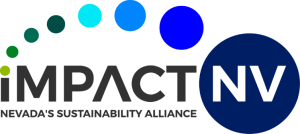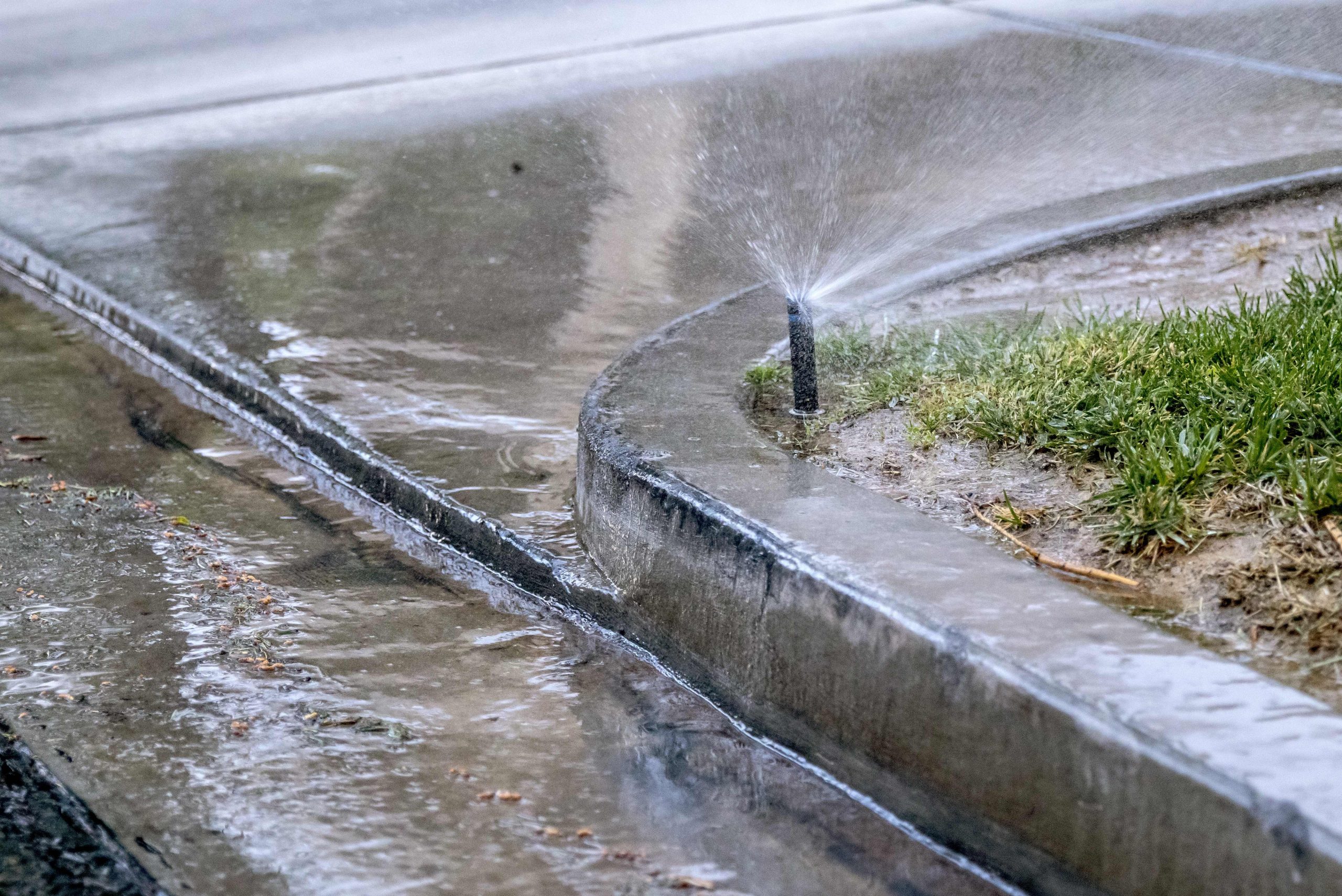
Recommended sustainability best practices for creating green leases. In the past, landlords and tenants have had difficulties incorporating sustainability criteria into leases, but current progress and simplification are making green leases more common.
The Approach for Green Leases
In the current approaches, owners can upgrade HVAC systems, retrofit to more efficient lighting, and add window film to improve overall building energy efficiency, and the agreements allow the tenants to share in the energy cost savings, such that both landlord and tenant benefit by such arrangements.
These are all projects we would not be able to do, but for the fact we were able to bill back our tenants for these projects over their payback period. Kilroy structures the clause so that tenants receive the proceeds of the savings. The goal is to make the tenant whole. The tenant is taking 100 percent of the benefit of these capital improvements, which is great because it lowers operating costs for them.” — Sara Neff, Vice President of Sustainability, Kilroy Realty Corp.
To be successful, tenants need to pass their utility data to the landlord, and these are now part of the conditions of green leases. Before and after data are key to the success of green lease arrangements.
In addition to data, other best practices include determining materiality, talking to investors, honing the reporting process through test runs, and verifying the data, usually by a third party process.
Constructed properly, green leases can be a win-win-win: better for the building owner, better for the tenant, and better for the environment with a lower carbon footprint.
The full article is posted at REIT.com.




